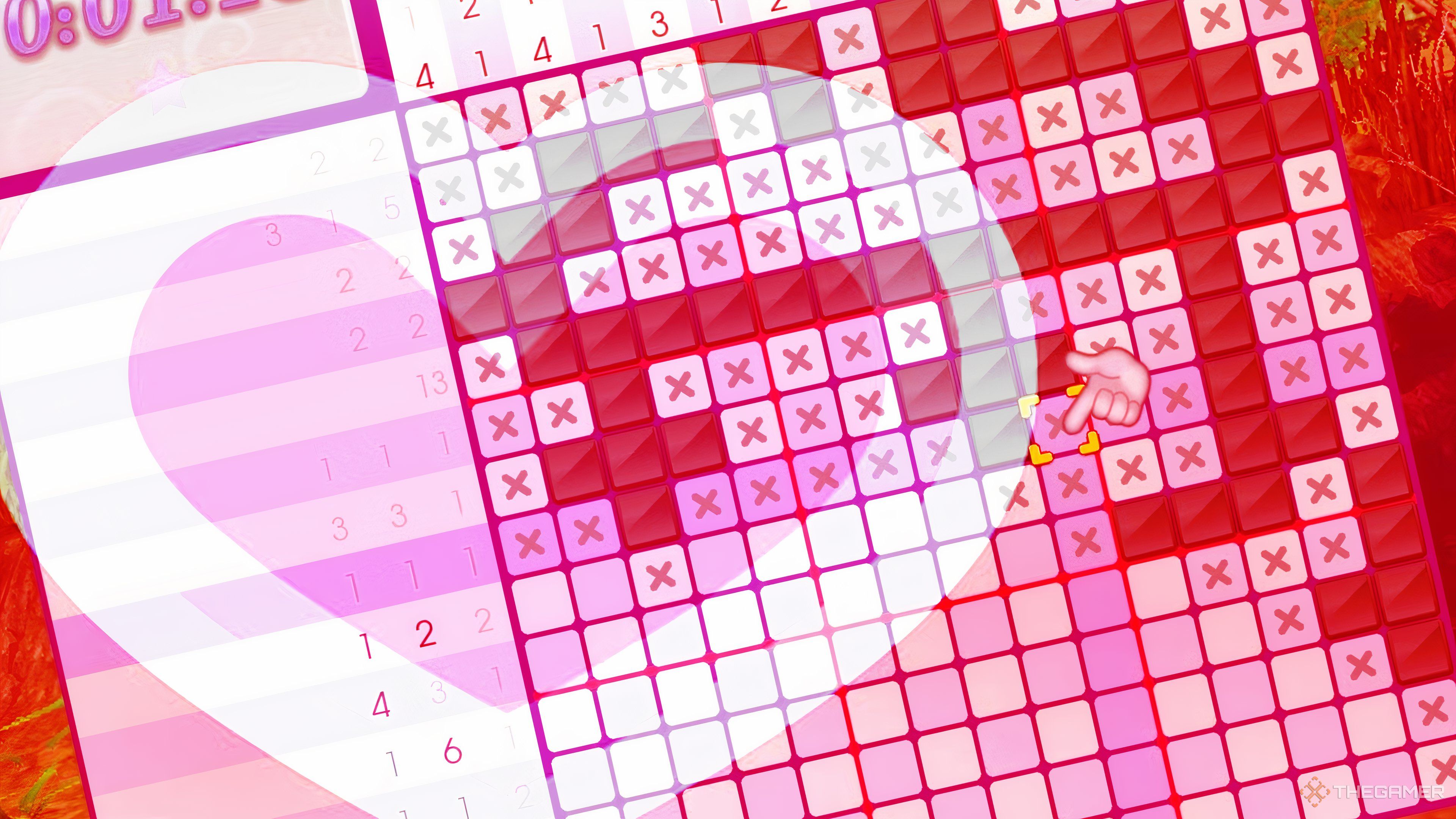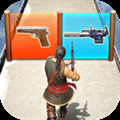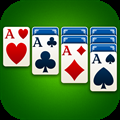Here's Why Every Stressed Millennial Needs A Nonogram Game In Their Life

Picture this: it’s 6pm, you’ve just logged off work, and your brain feels like a tangled mess of Slack notifications and project deadlines. The thought of unwinding feels more like another chore than a worthwhile reward. Maybe you try scrolling mindlessly on your phone, only to feel even more overwhelmed by the constant stream of doomscrolling content. What you really need is an escape, a way to declutter your mind and find a moment of quiet focus.
For me, that escape came in the form of a small, grid-based genre of puzzle called nonograms. It started with a review of Piczle Cross Rune Factory, and before I knew it, I was deep down the rabbit hole, downloading all the indie nonogram games on Steam and buying every Picross title I could find for my Switch 2. I’ll be blunt; it's become a full-blown obsession, and I'm convinced it's the perfect antidote to the stresses of modern life.
At the time of writing, I have 329 hours in Piczle Cross Rune Factory. I’ve been playing it since February this year. This article is a recommendation but also a warning.
The Power Of Flow
At its core, a nonogram, or Picross as it’s often called (to me, it’s inextricably linked to the Pokemon Picross games), is a logic puzzle where you use number clues to reveal a hidden picture on a grid. You see numbers next to each row and column that tell you how many consecutive filled-in squares there are. It's like a mix between a crossword puzzle and Sudoku, but the result is a satisfying piece of pixel art. Some people compare it to Minesweeper.
My husband just derisively calls them ‘Squares’, and I can see why. It does just look a bit like a bunch of squares at a glance.
The real magic, however, lies in how these games help you enter flow. Flow is a concept in psychology that describes being completely absorbed in an activity, losing all sense of time and self-awareness. It's that feeling when you're so focused on a task that everything else melts away. It’s pure relaxation. Nonograms are tailor-made for this, in rather the same way that easy rhythm games become second-nature, mechanical routines.
The rules are simple, but the puzzles require a level of concentration that forces your brain to let go of distractions. You're not thinking about your to-do list or that awkward meeting you had; you're just focused on finding the next square to fill in. It's a mindful exercise disguised as a game. I cannot overstate how much I’ve found nonograms to be a comforting addition to my other ‘menty health hobbies’, like baking and taking care of my houseplants.
The Perfect Distraction
In a world that demands our attention 24/7, finding a way to truly disconnect can feel impossible. Nonograms offer a low-stakes, high-reward distraction. They're not loud, they don't demand quick reflexes, and there’s no pressure to perform. You can pick one up for five minutes between tasks, or lose an hour to a particularly challenging puzzle on a rainy Sunday.
This makes them the ultimate companion for a stressed-out millennial. Or zillennial. Or Alpha or Beta or whatever the young’uns are now. They scratch that itch for productivity without the actual stress of work. When you complete a puzzle and the picture is revealed, it provides a small but significant hit of dopamine; the resounding ‘I did it!’ feeling that's so often missing from the endless tasks of our daily lives.
So, if you’re looking for a way to break free from the cycle of stress, give nonograms a try. They might just be the most relaxing and unexpectedly productive thing you do all day.













